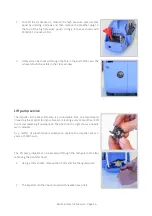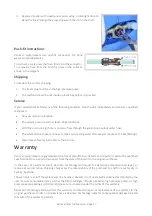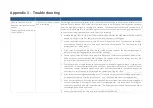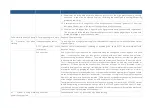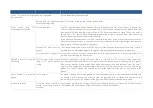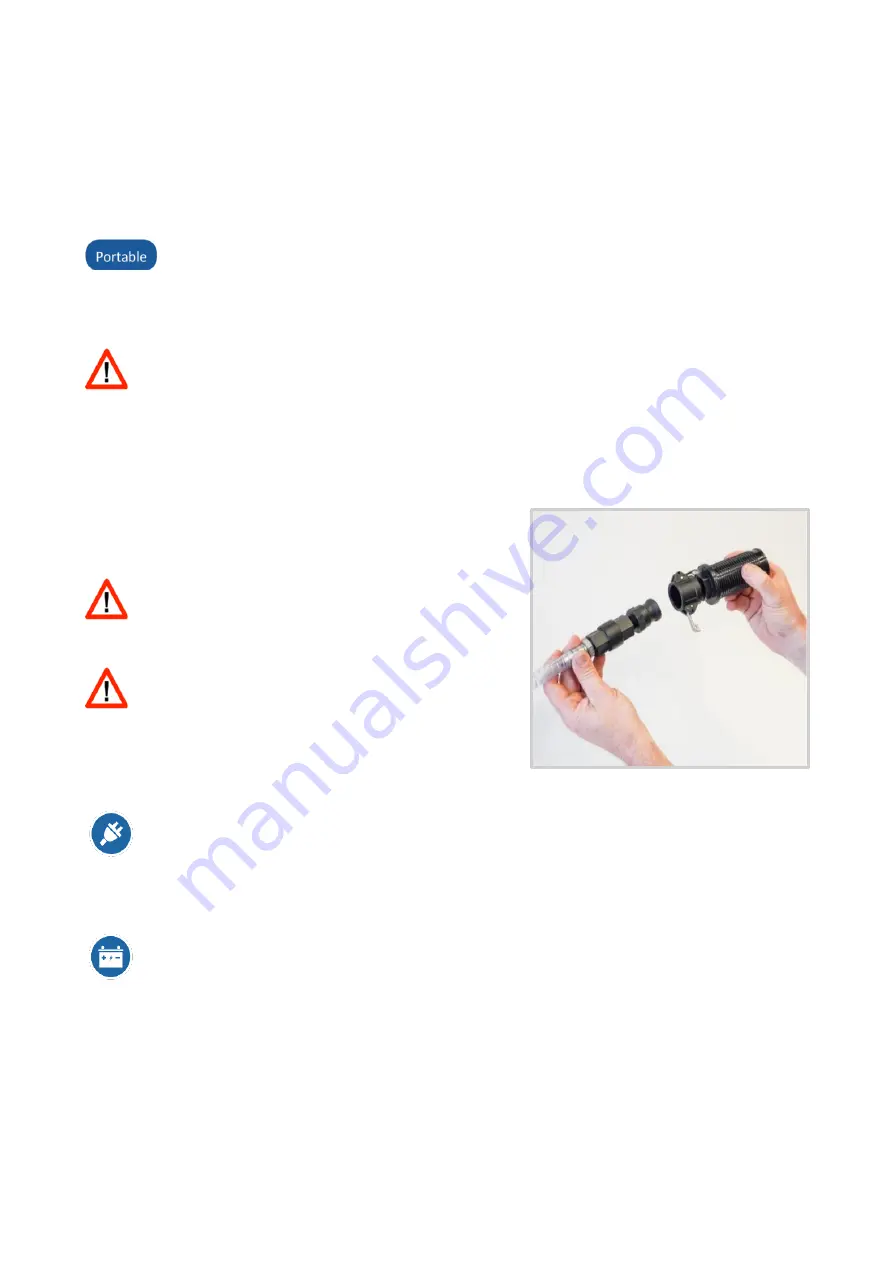
Rainman Electric Manual
–
Page 7
Using the system
This section explains how to operate the system on a regular basis, including set up, starting, stopping, and
flushing the system.
Setup - Portable
1.
Place the Rainman Pressure Supply Unit (PSU) and Reverse Osmosis (RO) unit in a stable
place on the deck of your vessel. A swim platform is an ideal location.
Certain positions on some vessels will resonate causing excess noise. In this case, place the
unit on a towel or foam mat.
Make sure the PSU is no more than 2 metres (6 feet) above water level. The unit will work
best operating as close to water level as possible.
Do not use on a swim platform if there is any chance of the unit getting wet.
2.
Open the RO unit. Remove and uncoil the three hoses. Remove the white travel plug from
the quick connect on the outside of the PSU. Connect the black high-pressure hose to the
PSU. Make sure the high-
pressure hose doesn’t chafe around hard corners.
3.
Remove the plastic spiral intake hose from the
PSU and remove the cap. Attach the strainer to
the end of the pickup hose.
Starting the unit with the cap in place will
damage the pumps.
4.
Place the intake hose in the source water.
Make sure the intake hose is submerged and is
not on the sea floor or among seaweed, which
can cause blockage.
5.
Direct the green brine hose overboard.
6.
Direct the white product hose overboard. Do not put it into your water tank at this stage.
7.
Ensuring the power switch is off, plug the power cord into an AC power source. If using a
generator, make sure it is rated to at least 2000 Watts peak, 1600 Watts continuous power.
If using a Honda portable generator, make sure the eco-throttle is off. Once the Rainman is
running, you can switch the eco-throttle back on. Make sure the voltage and frequency
match the unit (eg. 115VAC/60Hz or 230VAC/50Hz).
Ensuring the power switch/circuit breaker is in the off position, connect the unit to a 12VDC
power supply. During startup, the 12v PSU might draw up to 40A for a brief period and will
settle down to 28-32A in normal operation once the motor and crank case have reached
normal operating temperature. Therefore, it is important that the 12V supply can support
this current draw without a significant drop in voltage.
Cable runs should be kept to a minimum. If an extension cable is used, it must be of sufficient
gauge to minimise voltage drop. Several easy to use ‘voltage drop calculators’ are available
online.
8.
Ensure the pressure valve in the RO unit is in an open position (fully anti-clockwise).


















